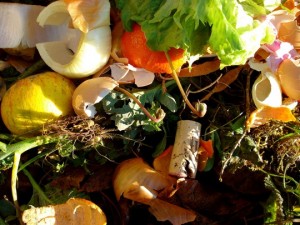VICTORIA – British Columbians will have a chance to engage with governmentas part of a comprehensive review of the organic matter recycling regulation(OMRR), to ensure it remains protective of human health and the environment.
Over the coming months, detailed policy proposals will be drafted withrespect to biosolids and other municipal wastewater by-products. A policyintentions paper will then be posted online by fall 2016, for the public toprovide comments and feedback. Concurrent with the public engagement,discussions will also take place with First Nations, agriculture producersand local governments.
Since the fall of 2015, government has worked collaboratively with the fiveNicola Valley First Nations to involve First Nations oversight andparticipation in a scientific review of biosolids in the region, and thisengagement will continue. Subsequent amendments to the OMRR, based on all engagement and informationreceived, will be made in 2017.
The current OMRR has been in effect since 2002. Examples of elements fromOMRR which will be up for review include potential new standards for organiccontaminants as well as requirements for the production, management and useof biosolids. The public engagement will build on work already underway to improveknowledge and information sharing about biosolids.
The Province andbiosolids management experts are currently finalizing a comprehensive reviewof academic literature and research on biosolids which explores the impactsto wildlife, aquatic life, food and human health as well as cumulativeeffects and alternatives to the use of biosolids.
In advance of the formal review of OMRR, additional sampling will becompleted this spring to assess metal and pathogen levels against currentOMRR standards. The ministry will also conduct exploratory sampling ofbiosolids for selected organic contaminants.
This is an expansion of thesampling program that was committed to by the Province in June 2015 as partof the scientific review of biosolids in the Nicola Valley. This review isexpected to be posted publicly by the end of May 2016. Biosolids, manure and chemical fertilizers are the most common soilenhancements used in British Columbia.




